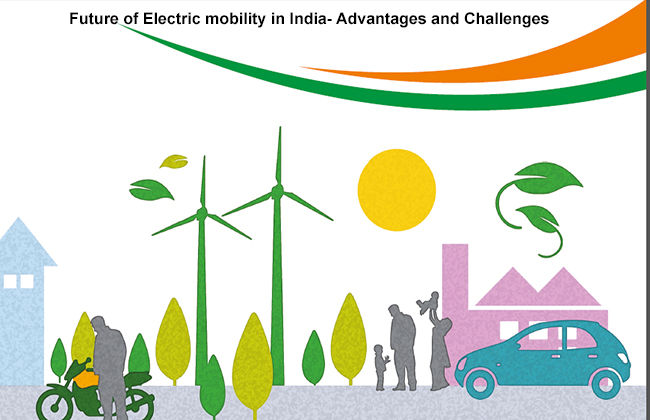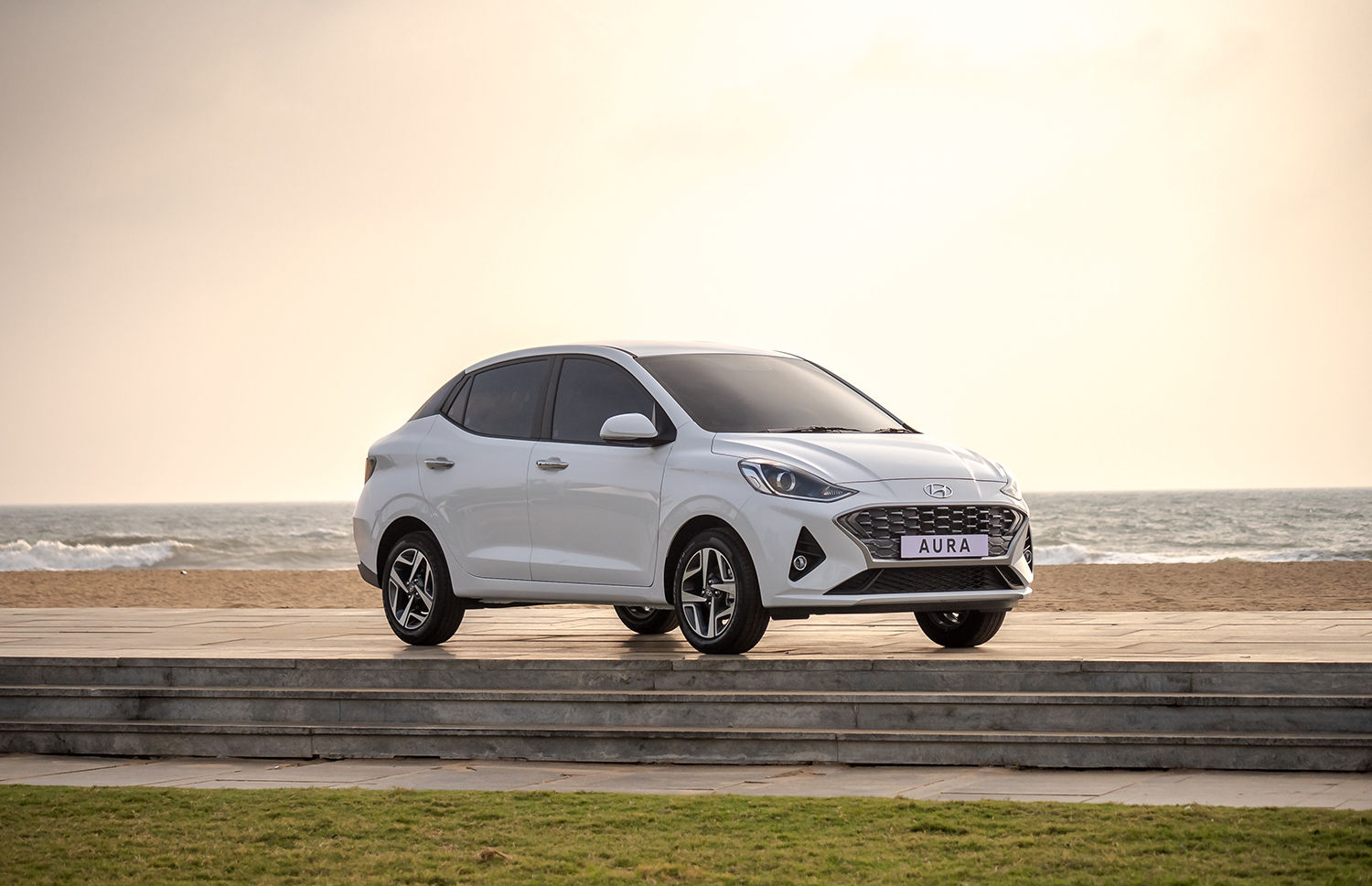Report: Future of Electric Mobility in India- Advantages and Challenges
Modified On Oct 14, 2014 05:44 PM By Rajpal
- 1.9K Views
- Write a comment
For most of us ‘electric cars’ are relatively unknown phenomenon, some of us might think that we are referring to toy cars, which run on batteries. But, the fact is that electric cars are the future of mobility as the petroleum resources are draining rapidly. In a future not so far away, we won’t have any petroleum resources on earth. Then the alternative resources like bio fuel, electric batteries, etc will come into play. But the limited lands to harvest, limit the possibilities for bio fuel. So, the automobile manufacturers round the globe are focusing on futuristic 100% EVs and selling advance hybrids.

Therefore, the world is already preparing for ‘no petroleum’ scenario and the electric car technologies are reaching at the next stage. In Europe and America, the hybrid EVs are already quite popular and people slowly shifting towards electric cars. However, the story is different in India. We are still far behind at it and apart from Mahindra E2O, two Toyota Hybrids and BMW 7-Series Active Hybrid; we don’t have much to offer.

This scenario could be different, if Govt would have taken interest in electric mobility in India. However, from last year onwards, there have been a few steps from Govt. to give a boon to the slowly developing electric mobility industry in India. In 2013, Govt. of India established the ‘National Electric Mobility Mission Plan 2020’ (NEMMP). The plan focuses to achieve a target of 6 million electric vehicles annually by 2020, which is around 6000 at present.

60 lakh electric vehicles per annum by 2020 sounds like an optimistic number. While the reality is that Mahindra E2O, the only 100% EV available in India is even struggling for its existence. The batteries of the car are being imported and it comes with hefty taxes, which is increasing the overall cost. The second reason is that the running radius of the car is 120kms and the unavailability of the charging stations and long charging period of 6 hours limit its approach.
It is true that the electric vehicles are costlier than the regular cars as these come with large batteries and advance technologies. But, with the time, the cost of electrical vehicles has reduced and if govt provide subsidies and focus on localization of manufacturing, the cost of these vehicles can be reduced significantly. Recently, in Delhi and Chandigarh, Govt. decided to give a VAT exemption of 15 per cent and waived off the 50 per cent of road tax.

One can argue that the electric vehicles come with a limited range, typically 100-150kms. But, an average Indian household drives around 19300 km per year. That’s about 1,600 km per month and close to 64 km per day. So, the range of the EVs is sufficient for those, who need a car for daily commute. Stats show that around 85 per cent of passenger car usage is for daily commuting and EVs fit in that. However, these cars can’t do intercity travels and it is really a drawback.
One can also argue that the EVs are slow, but Mahindra E2O can do 80kmph, which is more than the maximum speed limit on most of the Indian roads. And for the enthusiasts, there are EVs, which are breaking land speed records.

Another factor is that when one opts for an EV, he gets a lifetime freedom from the hefty fuel bills. This also implies on the gross fuel consumption of the country. The NEMMP report says that India’s fuel requirement will increase by 70 per cent in next 5 years and 80 per cent of total consumption is being used for transportation. So, if NEMMP achieves the target of 6 Mn vehicles by 2020, the total fuel cost can be reduced by Rs. 60,000 crore over a period of 6 years.

To sum up EVs have some disadvantage like driving range (EVs can only go about 100–150 kms before recharging), longer recharge time, battery cost and the heavy weight of the battery. But the advantages of EV’s seem to outweigh its disadvantages. The advantages are energy efficiency, environment friendliness, performance benefits, reduction of energy dependence as electricity is a domestic energy source.

So, we need to opt the electric mobility as it is the future of mobility. If India is not ready for 100 % EVs we can still go for Hybrid electric vehicles or plug in hybrid electric vehicles, which use both the internal combustion engine and electric motor. So, we can atleast take a step towards future of mobility.
0 out of 0 found this helpful















